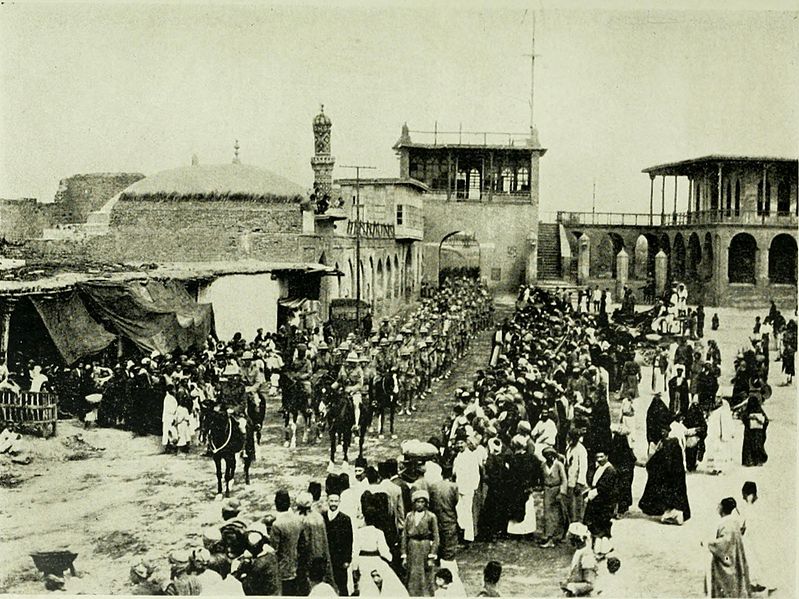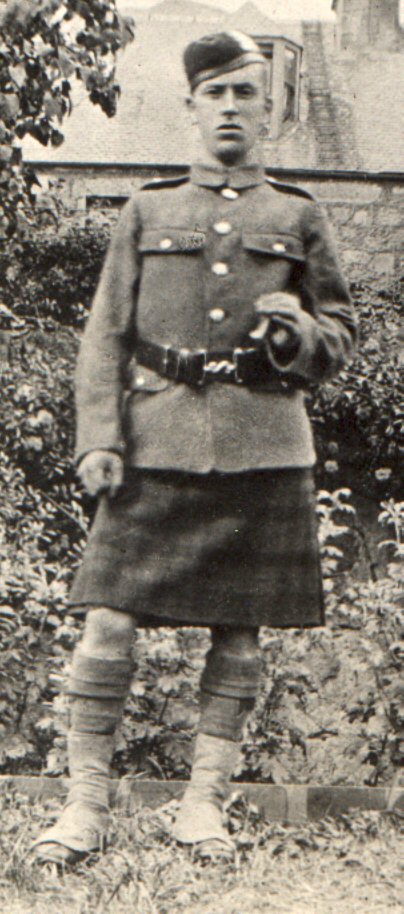The Old Family
and how we got here
Albert Brember was my wife Sandra's maternal grandfather. So was John Martin. So was Albert McLaren. Let me explain.
It was clear from Albert Brember's marriage certificate that his parents were Andrew Brember and Janet Martin but I couldn't find a birth record for him in 1891, his birth year. Moving on to census records, I found his mother in the 1891 census but with a four day old baby named John Martin. Immediately I knew this had to be the same boy but the name was wrong. What it did tell me though was he was probably illegitimate so I looked for a birth record for John Martin instead but again I came up with nothing. An attempt to find Albert Martin was successful though. His mother obviously changed her mind about the name between the census and the birth registration. However, there was something written in the margin and when I asked one of the overseers at Register House he fetched a Register of Corrected Entries.
It seems that she had taken out a Sheriff Court action to have the father named and had been successful. There are others in our trees (George Bruce, Allan Old 1896, Mary Finlayson) where an illegitimate child has taken the father's name and I expect that the boy would have become Albert McLaren as a result of the action. It doesn't stop there though as Janet Martin married Andrew Brember within the year and the boy became Albert Brember. That's right - four names in his first year of life.
Albert grew up in Burntisland and became a capstan worker at the port. This probably means that he operated a winch for loading and unloading ships. His adoptive father was a railway pointsman, a job many men would have grabbed if they had the chance. Albert's biological father was William McLaren, a farm labourer, and his mother was the daughter of a dairy farmer.
Sadly the job wasn't a reserved occupation and Albert, whether a volunteer or conscript, was in the army and on active service in Iraq when he was killed at the Battle of Istabulat, between Samarrah and Baghdad on the Tigris River.

The map above is taken from a description of the battle, which the British won. However, the Second Battalion Black Watch took heavy casualties, including Albert. One part of the description of the battle reads as follows.
Two other battalions of the 21st Brigade, the 2nd Black Watch
and the 1/8th Gurkhas, crossed a plain bare of cover. They crossed at
terrible cost, and scaled the all but sheer walls of the Turkish left.
But it was too much; and a counter-attack swept the survivors off, and
took two officers and several men prisoners. Evening found our forces
held, though the whole enemy front line was ours and our teeth were
fixed deeply into the position. The Black Watch had lost all four
company commanders, killed.
He had not been in the army
when he married on Hogmanay 1914 but he was noted as being in the 11th
Battalion of the Black Watch in August 1916 when his daughter was
born. Interestingly, although Christina (Ina) was born in
Burrell's Wynd in Kinghorn, he was noted as being domiciled in 68 High
Street, Burntisland. It's as though he was married but living
apart from his wife. Maybe they hadn't actually had the chance
to settle down in their own house and had just married immediately
before he went off to war. However, he must have been around at
the end of 1915 for a birth in August 1916. I have no idea if
soldiers came back to this country on leave during that part of the
war so can't tell if he only served from 1916 or whether he had joined
earlier but hadn't yet gone overseas or had been in France and
returned.
What we can tell tell is that he was in the 2nd Battalion when he was killed. The 2nd was a battalion of regulars and only the 1st and 2nd were actually regulars at the start of the war. They were withdrawn from France and landed in Mesopotamia (modern Iraq) on 31 December 1915 to fight the Turks. I'm not sure whether this meant that he had enlisted as a regular during the war or had enlisted with the 11th and was drafted in to make up numbers after losses in France. My guess is the latter. The 2nd suffered badly in the first few weeks of the Mesopotania campaign and needed reinforcement, which would explain his change of battalion. He would probably have been involved in the unsuccessful attempt to raise the seige of Kut through the battles of Dujaila Redoubt, Fallahiyeh and Sanniyat in March and April 1916 and would have marched into Baghdad in March 1917 as part of the victorious British Army (the Black Watch were the first to enter) before the pyrrhic victory at Istabulat. I assume from this that he would never have been home to see his daughter.
Below are some photos from the Black Watch's Mesapotamia campaign, the bottom one being the triumphant march into Baghdad led by the Black Watch, where they were treated as liberators rather than conquerors.



Here is the man himself in his Black Watch uniform. They did wear the kilt on most occasions.
